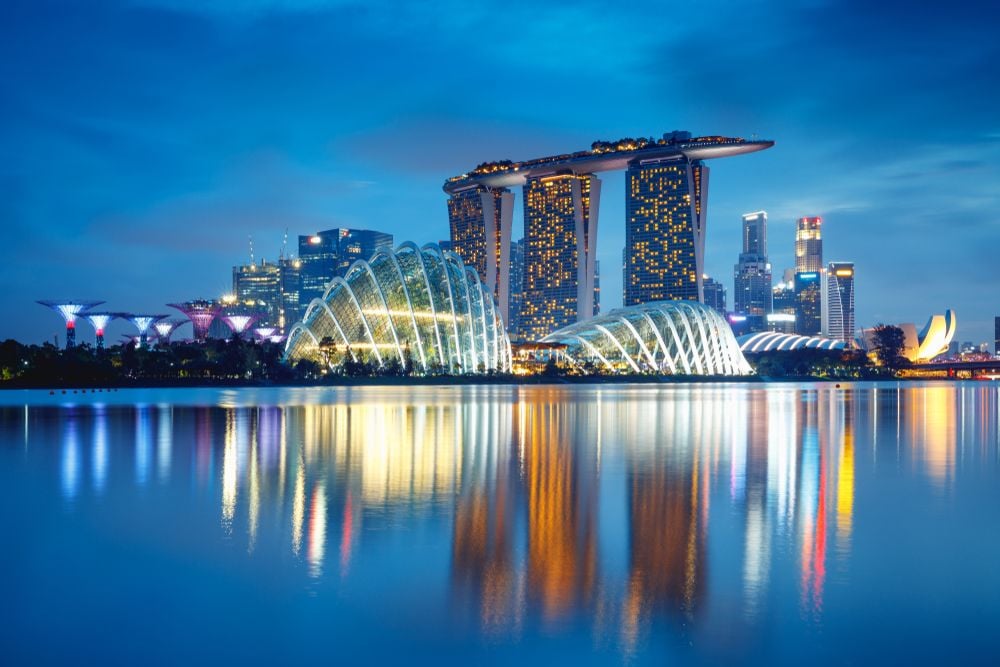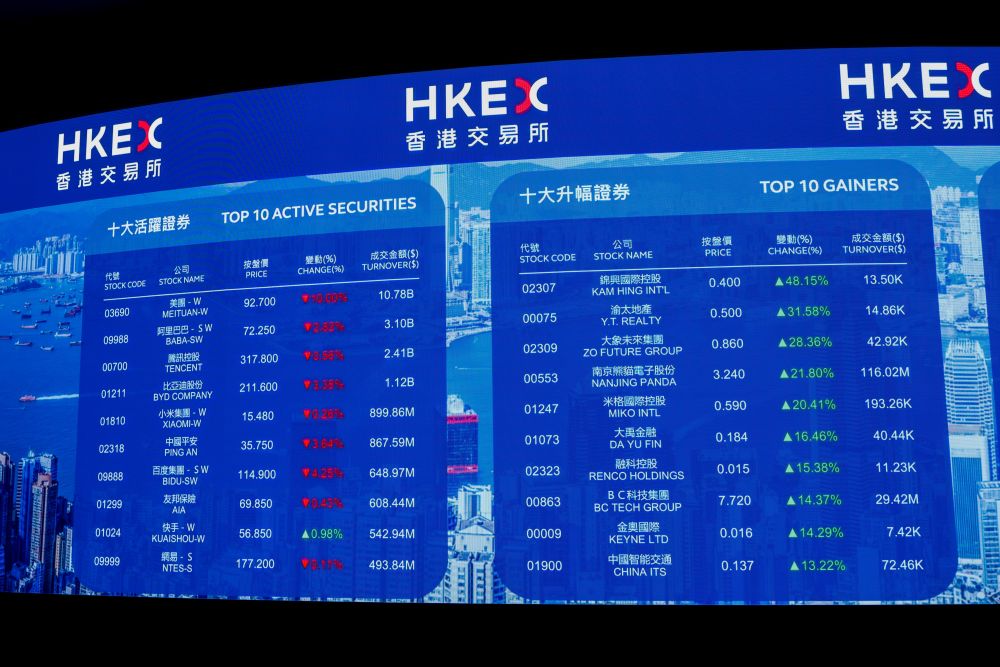The World Bank’s Global Economic Prospects (GEP) report, published twice a year, is the most important source for evaluating the current and future outlook for emerging markets and developing economies (EMDEs). The recently released June edition is especially significant because of the warnings it contains.
Someone reading this report too quickly could easily miss the bad news, because, as with all publications by international organizations, it comes sugar-coated. That is the responsible thing for the World Bank to do – avoid causing alarm. But policy-makers should heed the important cautionary messages buried in the text.
This GEP makes three key points. First, the world economy is recovering from the pandemic, but while advanced economies, with already successful or rapidly progressing Covid-19 vaccination programmes, appear set to return to or even exceed their earlier growth rates, EMDEs’ prospects are more mixed.
The strongest-looking emerging-market region is East Asia and the Pacific, where the World Bank forecasts 7.7% GDP growth in 2021, ahead of South Asia’s 6.8% expansion. Within this broad region, output in China, Vietnam, and Bangladesh has now surpassed pre-pandemic levels, and the latter two countries, starting from a lower base, are well positioned for sustained high growth.
In terms of potential, Indonesia is the other economy to watch. But its experience with the pandemic thus far has been mixed. Indonesia began with an aggressive vaccination plan. Though there have been ups and downs, with 4.6% of its population now fully vaccinated, it is currently ahead of many other Asian countries, such as Sri Lanka (3.9%), India (3.8%), Thailand (3%) and Vietnam (0.1%).
Moreover, the Indonesian government has in recent years attempted some structural reforms, such as labour-market liberalization, by enacting a so-called omnibus law on job creation. Although this has been politically contentious, other reforms appear to be yielding dividends. President Joko Widodo’s government took early steps to bring policy management for the pandemic and the economy under a common expert group, the Covid-19 Handling and National Economic Recovery Committee. This helped the government to avoid the mistake of paralyzing the economy in the name of controlling the pandemic, and ultimately faltering on both fronts, as happened in some emerging markets.
As Prospera’s Della Temenggung and co-authors pointed out in a recent paper, Indonesia’s economy has performed strongly compared to its peers during the pandemic because of this balance between virus containment and structural reform. The World Bank expects Indonesia’s growth to climb relatively slowly, from 4.4% this year to 5% in 2022, but emphasizes the economy’s high medium-term potential.
But for much of the developing world, the medium term looks bleak. The huge global disparity in vaccine access means that poorer countries are likely to face more waves of the coronavirus and its variants in the coming months and years. And they will probably have to deal with these outbreaks by locking down parts of their economies.
Even within EMDEs, the poor appear to be suffering much more than the rich, and in some economies the super-rich are actually better off than they were before the pandemic. The World Bank estimates that Covid-19 will cause the number of people living in poverty to increase by 143 million to 163 million in 2021, with more than half of the newly poor in South Asia, mainly in India. The problem with India is not its economic fundamentals, which are strong, but the fact that poor management of the economy and the pandemic means, as the June GEP puts it, that “confidence remains depressed and balance sheets damaged”.
The World Bank’s second warning concerns inflation. The long chapter in the latest GEP entitled “Emerging Inflation Pressures: Cause for Alarm?” lays it all out. Anyone reading that section will realize that the question mark is there only to soften the jolt. An exclamation point would have been more appropriate.
Economists know how little they know about inflation. We compensate by being overcautious and advocating harsh preventive policy measures at the first sign of rising prices. And the current situation is worrying. Inflation usually declines during recessions. But, of the five global recessions of the last half-century, the drop in inflation during this pandemic-induced downturn has been the most muted. Furthermore, inflation has risen faster since May this year than at the end of previous recessions.
The US Federal Reserve’s line is that the recent increase in inflation is a one-time adjustment caused by large fiscal infusions. That sounds comforting but, in truth, no one knows for sure. If inflation in advanced economies persists, central banks may be compelled to tighten monetary policy. That could lead to higher capital inflows for advanced economies and the depreciation of EMDE currencies. These are big risks, with potentially devastating effects on the world’s poor.
The third message in the June GEP concerns trade, and it is not so much a warning as a reminder of an opportunity. In a fascinating discussion, the report shows that one big stumbling block to faster growth and progress for EMDEs is the high cost of trade, some of which is unnecessary. Tariffs account for only one-fourteenth of the total cost of trade, with logistics, transport, bureaucracy, and corruption making up the rest. As a result, a good sold to another country costs on average double what it does domestically.
EMDEs thus have scope to realize huge savings and greatly boost their export potential. What the GEP suggests is that, while many of the pandemic’s costs are unavoidable, reforms that target this deadweight trade cost can provide poor countries with at least a minimal buffer against the difficult conditions an uneven global recovery holds in store.
Kaushik Basu, a former chief economist of the World Bank and chief economic adviser to the Government of India, is a professor of economics at Cornell University and a no-resident senior fellow at the Brookings Institution.
Copyright: Project Syndicate


.jpg)






